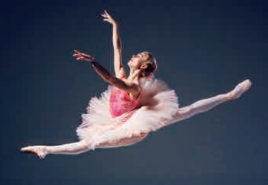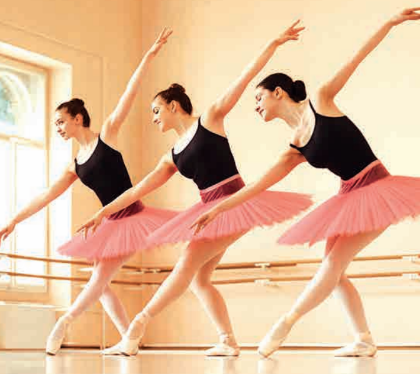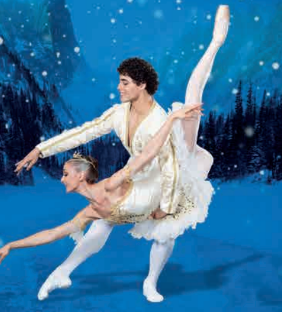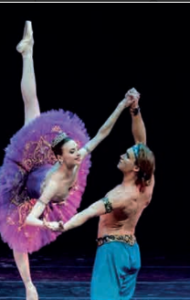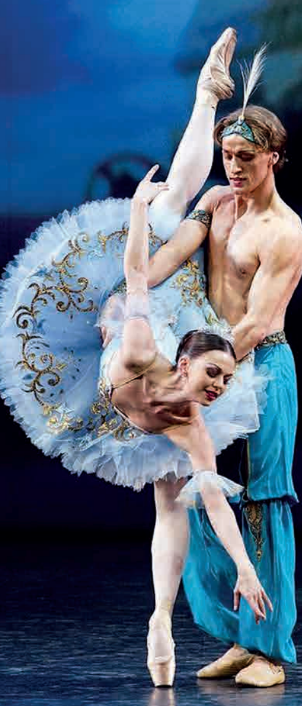Ballet dancing is the embodiment of artistry and discipline, where every movement tells a story without the need for words. This timeless dance form captivates audiences with its powerful blend of strength, grace, and flexibility. Even the simplest movements, like a still and poised Relevé (rising onto the tips of the toes), exude elegance, leaving a lasting impression on those who witness it.

Ballet is often described as “poetry in motion” because it conveys emotions, narratives, and beauty solely through the dancer’s body. Each gesture, turn, and leap is meticulously crafted to achieve a level of perfection that reflects the dancer’s years of rigorous training. The pursuit of this perfection requires not just physical prowess but also an emotional connection to the art, as dancers embody the characters they portray, whether joyful, sorrowful, or triumphant.
Beyond its aesthetic appeal, ballet is an art form that demands dedication and discipline. Dancers spend countless hours refining their techniques, striving for precision in every plié, arabesque, and pirouette. The physical rigor of ballet builds unparalleled strength, control, and balance, allowing dancers to perform feats that seem almost superhuman in their grace and fluidity.
Ballet’s beauty lies in its dual nature: it appears effortless and delicate, yet it requires intense strength and endurance. This juxtaposition is what makes ballet so captivating—dancers convey a serene elegance while executing movements that push the boundaries of human capability. Whether performed in a grand theater or a small studio, ballet continues to inspire and move audiences, reminding us of the profound power of the human body when it is in perfect harmony with music and emotion.
